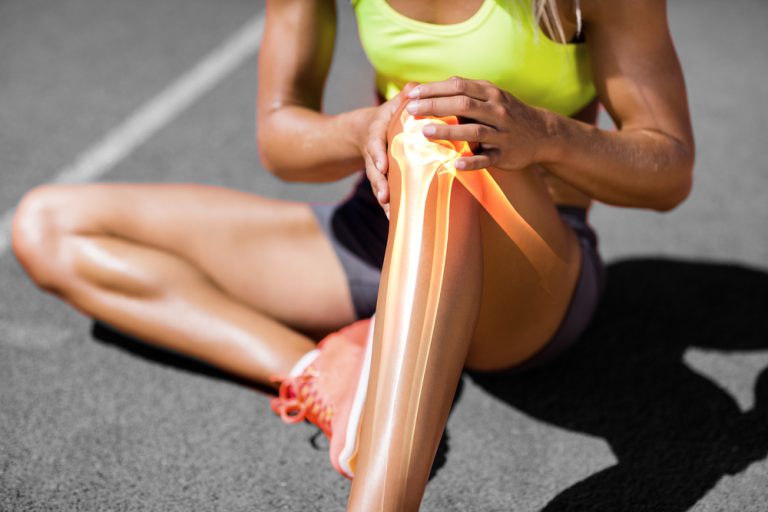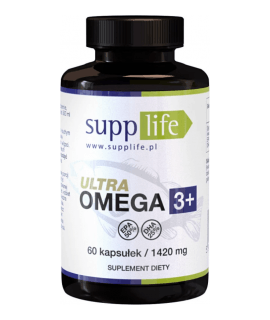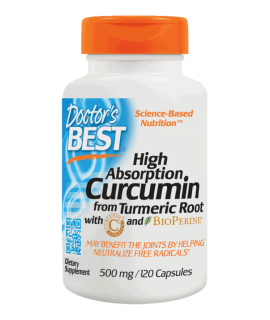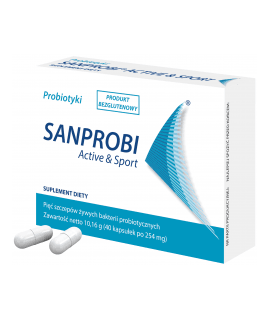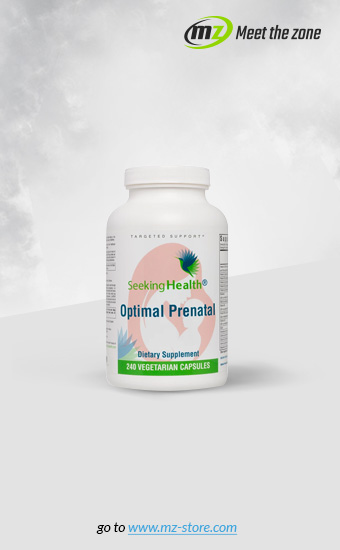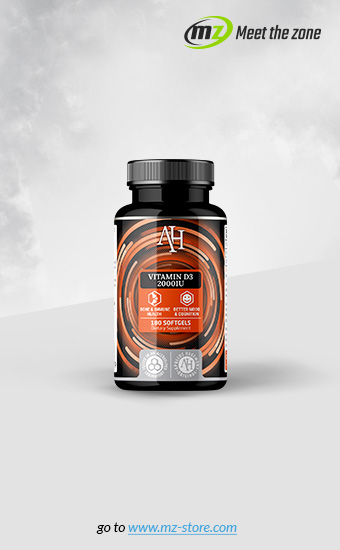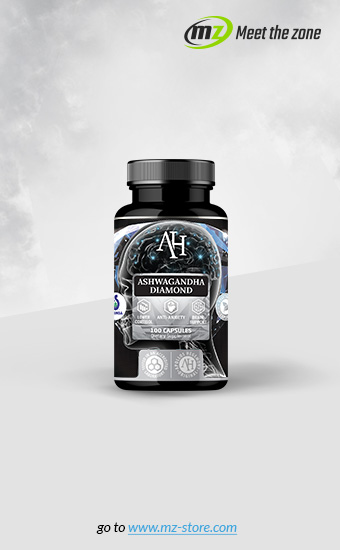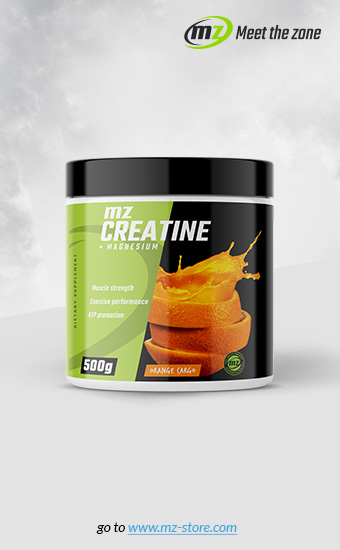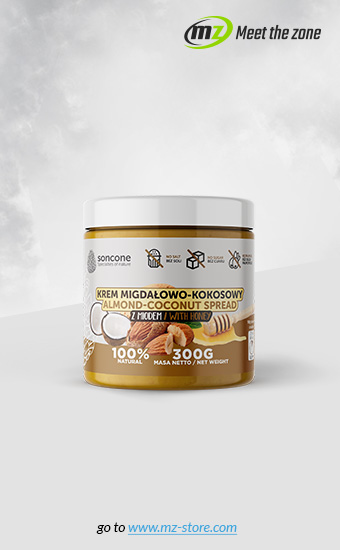This is crucial information for every active person because strength training can not only prevent injuries in the first place but also ease your symptoms if you do have a joint injury that causes some chronic pain. How? Muscles support and stabilize joints.
R.I.C.E way
When you’re active and that’s taken away from you, it’s traumatic. That’s one of the biggest reasons I wrote this story. If you’re in pain and don’t know why, or even if you know exactly why, you need to figure out what to do about it. My goal is to help you do that. I want you back in the game ASAP.
One of the first things you hear when you hurt yourself is “R.I.C.E.” That’s a common sports-medicine acronym for “rest, ice, compression, and elevation.” The conventional wisdom for a lot of sports injuries, especially strains and sprains, is to rest your body, ice the injured area a few times a day for the first 48 hours, apply compression (an elastic bandage, for example), and elevate the affected body part above your heart to decrease blood flow, pain, and swelling.
Most of those work just fine – but I don’t throw the term “R.I.C.E.” around much. I thoroughly disagree with the rest. (More on that in a moment.) Ice? I love ice. Ice is nature’s anti-inflammatory. Compression and elevation work, too, but only on certain injuries. (Never compress a nerve-compression injury, for instance.) Put simply, the best treatments aren’t always as universal as an acronym.
An injury does not grant you a vacation from fitness or exercise. You must continue to work out even if you need to take it easy on a particular body part so it can heal. There are specific reasons for this, and I’ve learned them first hand as a trainer and an athlete. There are also smart ways to keep exercising without aggravating the body part that’s been hurt.
But first, the why. Reason one is science-based. More and more, doctors are moving away from recommending rest and toward encouraging injured patients to engage in physical activity. I’m one of those doctors.
Take osteoarthritis, for example; the most common form of arthritis, it affects almost everyone by the age of 60. Previously, when a patient had a flare-up, they prescribed rest and medication. Now studies show that exercises that build muscle to help support and improve joint function, combined with weight loss, boost quality of life better than medication alone. The feel-good neurotransmitters produced during exercises, like serotonin and dopamine, can act very much like drugs, making exercise our healthiest mind-altering activity. Having that hit taken away can be clinically depressing for people.
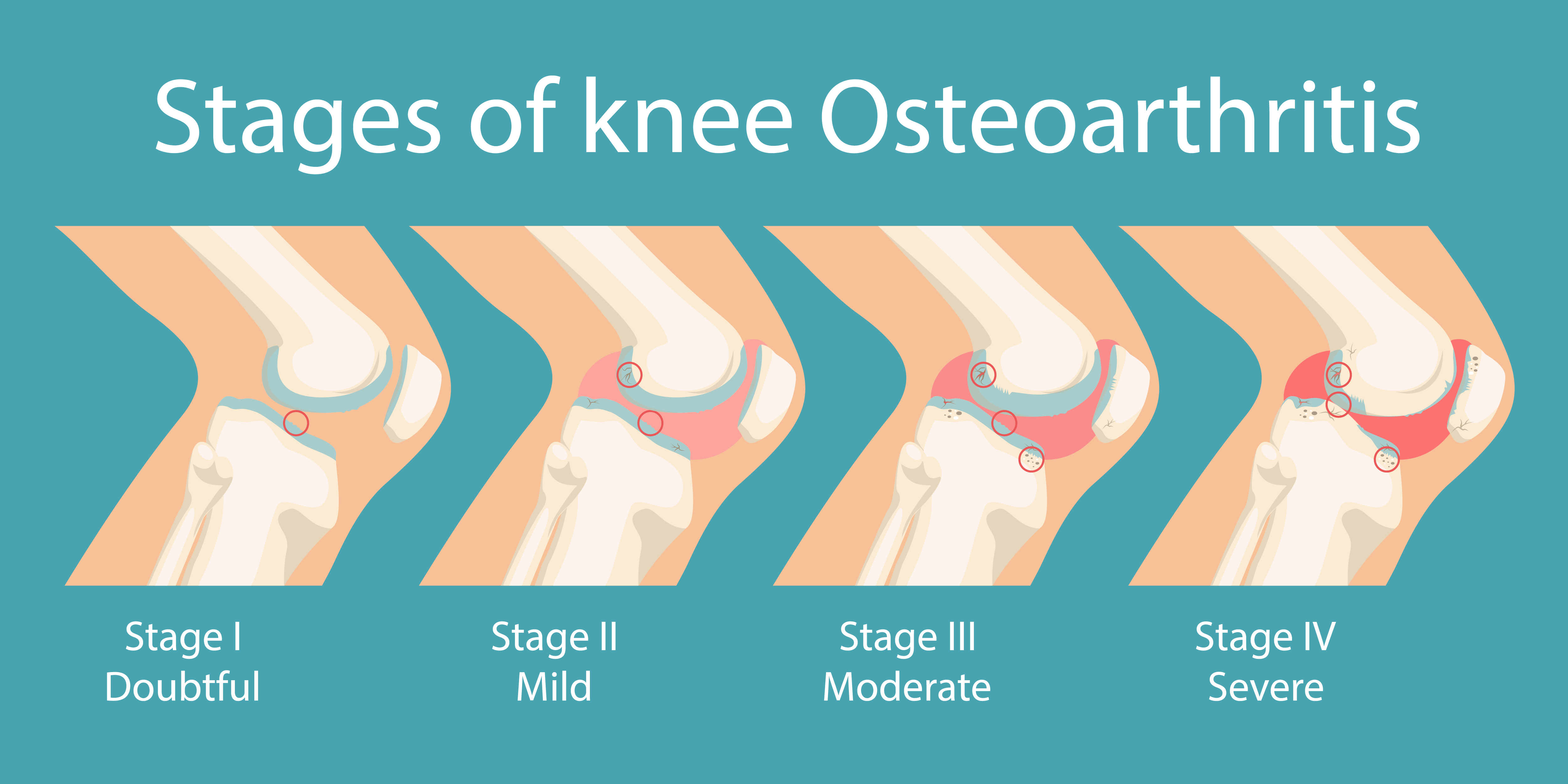
You need to work up a sweat to fight all those negatives I’ve just described. If you do, you’ll keep some of your conditioning. You’ll get your dose of neurotransmitters. You’ll feel better. You’ll be more positive. And you’ll learn that no injury is the end of the world.
So how do you exercise while injured?
The first is the rest and rehab. Lay off the injured body part and do what’s necessary to nurse it back to health. That could involve specific home remedies, like ice or stretching, or something prescribed by a doctor, like targeted physical therapy or exercises. Second, by dynamic. Stay in motion amid all this rest and rehab. Here’s how.
Exercise your options. If you sprain your ankle, for example, do something that doesn’t load your ankle. Hit the pool. Focus on upper bodyweight training. Whatever your injury is, don’t play through the pain; play around it.
Build an injury-proof body.
To prevent your next injury, I recommend starting now. And my most important advice is to train your entire body. Switch up your activities and hit all the muscle groups, even if you play only one sport. It’s all about your kinetic chain, which is jargon for the series of body parts – including muscles, ligaments, joints, and connective tissue from your neck to your feet – involved in a movement. Your kinetic chain operates interdependently as one system.
Here are some smart ways to increase your total-body conditioning, as well as hit areas that a lot of guys – even active guys – neglect.
Compound your exercise
Whenever you can, work multiple muscles with a single exercise. If you do a forward lunge, for example, do it holding a medicine ball and add a core twist.
Do single-leg exercises
I train people to do single-leg squats, single-leg hops, single-leg lunges – exercises that allow them to use their own body weight while also maintaining their balance. Once you add these exercise to your workout, you’ll notice more strength and stability around your ankles, knees, and hips – your most vulnerable points.
Yoga and pilates
I can’t recommend them enough. These disciplines deliver dynamic, movement-based flexibility that can transform your body. Pilates also hammers your core. You’ll feel more powerful, and your movement will be easier and more fluid.
I’m big believer in a massage
If feels great, of course, but you’re also keeping your muscles supple. Plus, a good massage therapist can feel where your muscles might be chronically tight and setting you up for potential problems down the road.
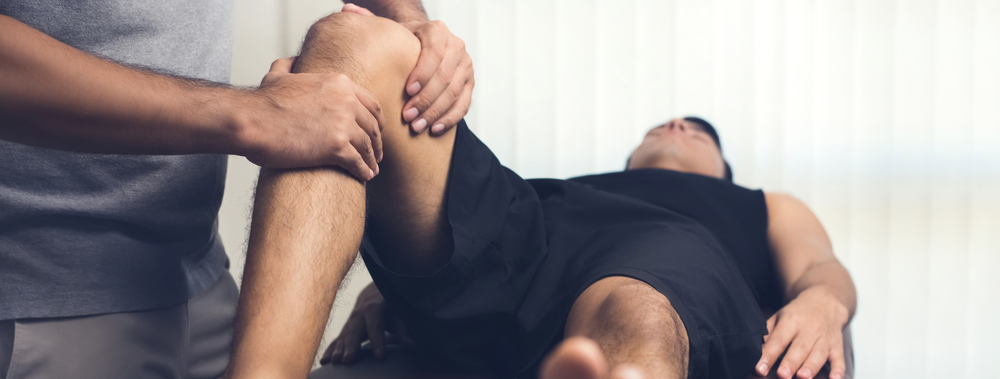
Rehab is your sleep
If you take nothing else from this story, know that sleep is the most important activity of your day. This is a huge blind spot for so many people, especially if they’re training hard. Sleep gives your body an opportunity to repair and rejuvenate itself as it rebuilds muscle, strengthens bone, restocks red blood cells, and engages in other crucial processes that take time. And good sleep means better athletic performance and less chance of taking a bad step in the first place.
